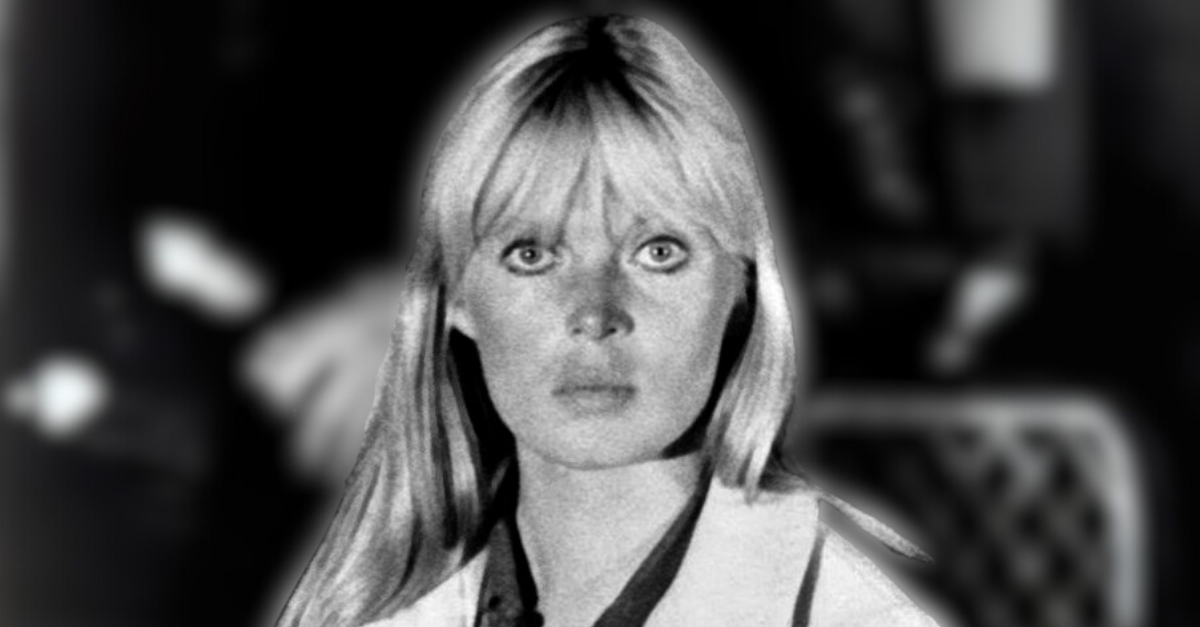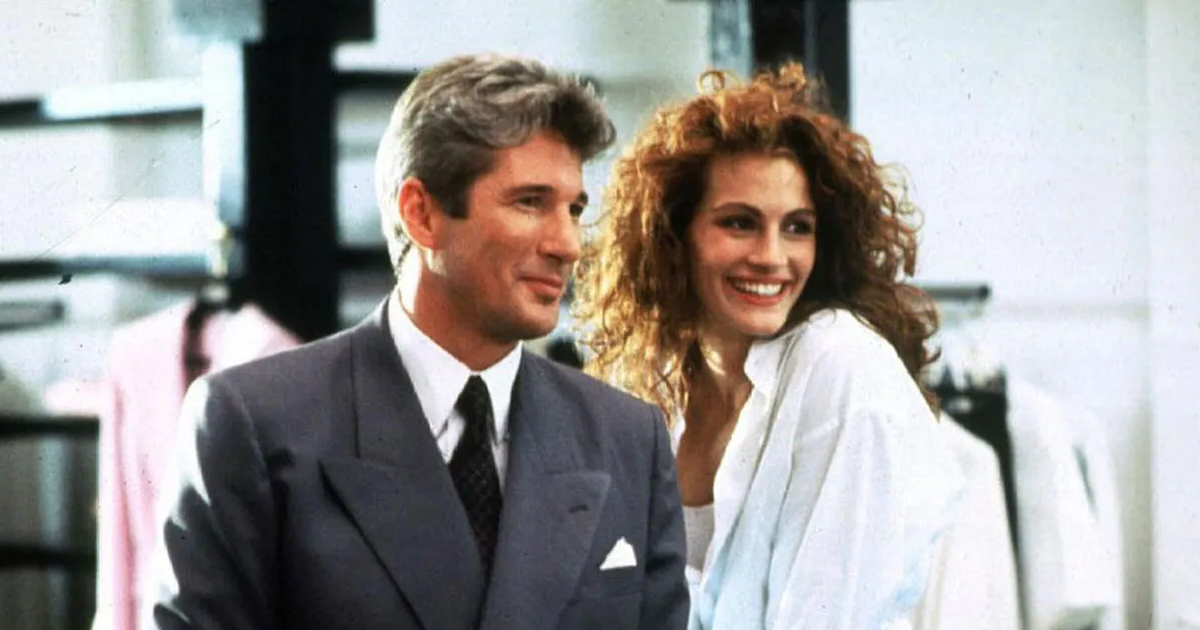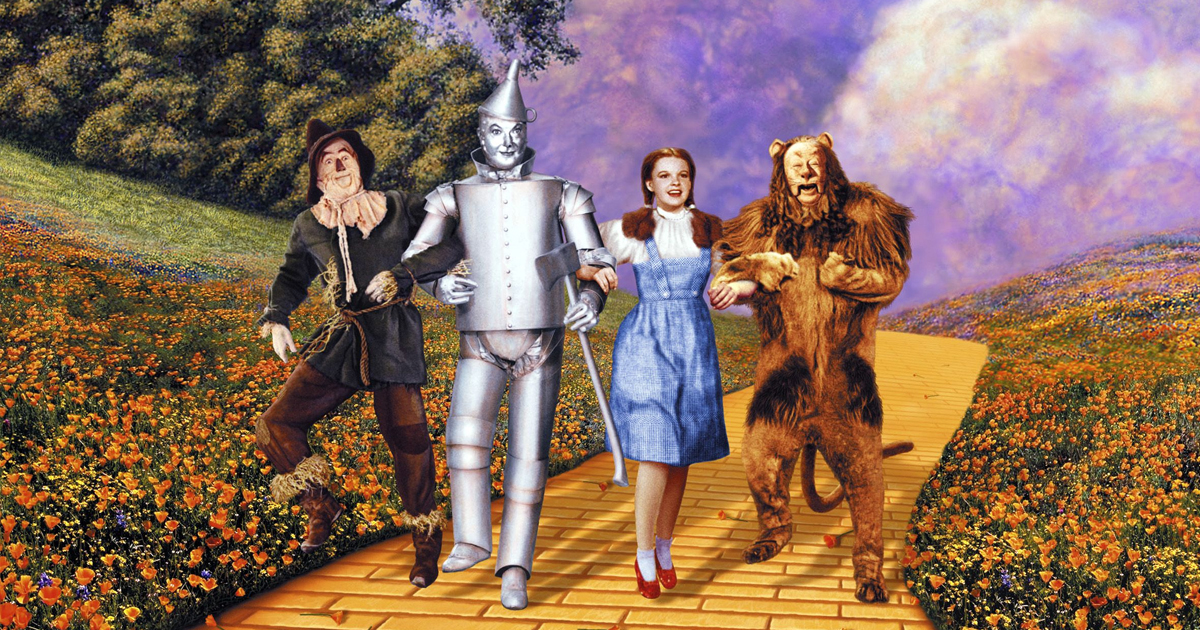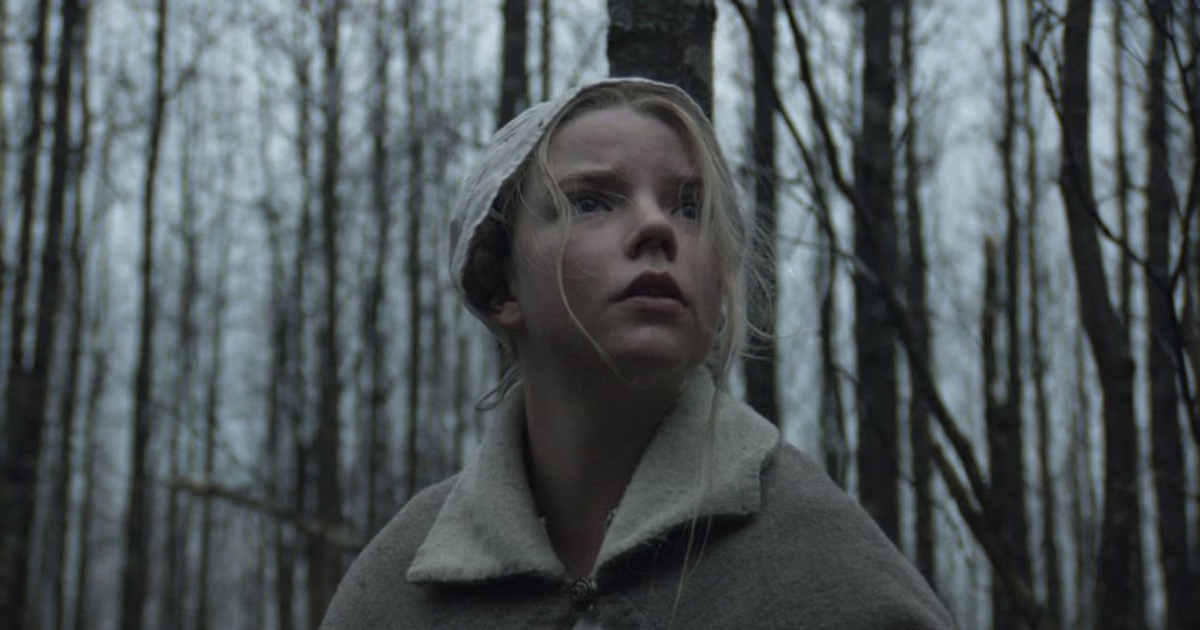She Was The Icon You Couldn’t Contain
Born Christa Päffgen, she became Nico—a model, actress, and singer who left a mark on everyone she met. She walked runways and flickered through arthouse reels before her haunting voice bled into Velvet Underground tracks. Nico wasn’t just the face of an era—she was its ghost in eyeliner. The world called her name, bus she grew up too fast answering it.

1. She Was The Daughter Of A Brewery Heir
Nico was born in 1938 in Cologne to a Catholic brewery heir and a Protestant mother from working-class roots. As such, her life began at a crossroads of class, faith, and a fractured nation. And just a year later, the world plunged into global conflict, casting a long shadow over the girl who would become a legend. For Nico and her family, the dark days were only beginning.
2. She Fled From The Allies
When she was just two, Nico's life took a dramatic turn. As Cologne fell under relentless Allied bombardment during WWII, her mother and grandfather whisked her away to safety. Their destination? The eerie, swampy Spreewald forest outside of Berlin. It was a haunting refuge that mirrored the chaos they left behind. But the odd calm of the woods would leave a mark on Nico that never quite faded.
3. Her Father's Unknown Fate Haunted Her
The Wehrmacht drafted Nico's father in 1939, but what followed remains murky. One account claims a French sniper wounded him in 1942, and his commanding officer ended his suffering. Others say he endured brain damage and spent his remaining years in an asylum. Some whisper he vanished in a camp. No one knows for sure, but the mystery haunted Nico for life.
4. She Was The School’s Most Beautiful Dropout
In 1946, Nico and her mother moved to Berlin, where her mother, Grete, found work as a seamstress. Nico enrolled in school but didn't stick around for long. By the time she was 13, she had walked away from the classroom for good, already drifting toward a life far removed from textbooks and timetables.
 Michael Ochs Archives, Getty Images
Michael Ochs Archives, Getty Images
5. She Was Built For The Camera, Not The Counter
By her teens, Nico was working at Berlin’s elite KaDeWe department store—but she wasn’t built to blend in. With icy pale skin, sculpted features, and a statuesque 5'10" frame, she turned heads wherever she went. It wasn’t long before one of those heads belonged to someone with a camera—and an eye for something extraordinary. The real question was whether Nico saw it, too.
 Michael Ochs Archives, Getty Images
Michael Ochs Archives, Getty Images
6. She Was The Look, But Would She Be The Legend?
At 16, Nico's life changed with a single glance. While working a fashion show at Berlin's upscale KaDeWe, she caught the eye of photographer Herbert Tobias. Struck by her stark beauty and magnetic aura, he took her under his wing, and just like that, Nico was no longer wearing the clothes; she was becoming the face of fashion. But Nico would still need to choose whether to wield the power she possessed or not.
 Michael Ochs Archives, Getty Images
Michael Ochs Archives, Getty Images
7. She Was The Reinvention That Stuck
Tobias didn't just launch her modeling career—he gave her a new name. Inspired by filmmaker Nikos Papatakis, a man Tobias had once loved, he christened her "Nico". The name stuck, and from that moment on, Christa Päffgen slipped into the shadows, and Nico emerged in her place, stepping into the spotlight with full force and never looking back.
 ullstein bild Dtl., Getty Images
ullstein bild Dtl., Getty Images
8. She Was Hired by Chanel And Gone By Morning
At 17, Nico moved to Paris and quickly became a rising star in the fashion world, posing for Vogue, Elle, Tempo, and more. Coco Chanel even hired her to promote the brand, but true to form, Nico wasn't one to be boxed in by a job or bound by a contract; she followed only her rhythm. She bolted to New York City, leaving the Chanel deal—and expectations—behind.
9. She Was Hemingway’s Blonde
Around this time, Nico ditched her natural brown hair for a striking blonde look, later claiming Ernest Hemingway inspired the change. As she drifted from city to city, she picked up more than gigs: she taught herself English, Spanish, and French. With her cinematic looks and growing mystique, it wouldn't be long before the camera found her again, this time on the silver screen.
10. She Was A Blink Ad Then A Revelation
In 1959, Nico slipped into film with a blink-and-you'll miss-it role in Mario Lanza's final movie, For the First Time. That same year, Fellini spotted her on the set of La Dolce Vita and cast her as herself—mysterious, magnetic, unforgettable. By then, she was living in New York, sharpening her craft under the legendary Lee Strasberg. The screen was calling.
 Nico, I'll be your Mirror, Manuel
Nico, I'll be your Mirror, Manuel
11. She Was The Cover Before She Was The Voice
After landing a role in the 1961 Jean-Paul Belmondo flick A Man Named Rocca, Nico's face turned up somewhere unexpected—on the dreamy cover of Bill Evans' 1962 jazz album Moon Beams. Cool, distant, and captivating, she was becoming less of a model and more of a mood—and soon, she'd be more than just a face. She'd be a voice.
 Bill Evans Trio - Re: Person I Knew (Remastered 2025/Official Visualizer), Bill Evans
Bill Evans Trio - Re: Person I Knew (Remastered 2025/Official Visualizer), Bill Evans
12. She Was A Leading Lady Lost In Time
Over the next few years, Nico split her time between New York and Paris. Despite constantly moving, she landed the lead in Jacques Poitrenaud's 1963 film Strip-Tease—a sultry, stylish project that suited her enigmatic allure. She even recorded the title track, written by Serge Gainsbourg, but it vanished for decades, only resurfacing in 2001. Even so, her voice was beginning to echo.
 Strip-tease (1963) Bande Annonce VF [HD], Le Projectionniste
Strip-tease (1963) Bande Annonce VF [HD], Le Projectionniste
13. She Was More Than A Name, She Was Becoming Sound
While in New York, Nico finally met Greek filmmaker Nico Papatakis—the man whose name she'd already claimed as her own. The two lived together from 1959 to 1961, and Papatakis first saw a new path for her. After hearing her sing around the apartment, he urged her to take it seriously and signed her up for lessons. A voice was awakening—and soon, so was a new chapter in her life.
14. She Was A Myth In The Making, Even To Her Son
On August 11, 1962, Nico gave birth to her son, Christian Aaron Boulogne—Ari, as she called him. She lived with Papatakis then but claimed the father was French icon Alain Delon, who ultimately denied it. Unable to care for Ari, she left him with Delon's mother and stepfather. With motherhood behind her, Nico drifted farther into musical circles, including those of the Rolling Stones.
15. She Was Rock’s Newest Mystery
In 1965, Nico crossed paths with Rolling Stones guitarist Brian Jones, pulling her straight into London's electric rock scene. That year, she recorded her debut single, “I'm Not Sayin'”, with The Last Mile on the B-side—produced by a young Jimmy Page for Andrew Loog Oldham's Immediate label. Nico's voice had found its edge, and soon, 1965 would force her into a choice that left a mark.
16. She Was Haunted By The Choices She Made
In 1965, during a brief but intense affair with Brian Jones, Nico became pregnant. She made a decision that weighed heavily on her for years to come—she chose to have an abortion. In its aftermath, she felt a pull toward something more permanent and personal, prompting her to reconnect with her son, Ari. But just as she looked inward, fate introduced her to the voice of a generation.
 Steve Denenberg, Wikimedia Commons
Steve Denenberg, Wikimedia Commons
17. She Was Giving Dylan A Different Shade Of Blue
In the summer of 1965, actor Ben Carruthers introduced Nico to the voice of a generation, Bob Dylan, in Paris. The connection stuck. Two years later, she recorded Dylan's bittersweet ballad “I'll Keep It with Mine” for her debut album, Chelsea Girl, giving Dylan's words a cool, haunting new edge. Soon, Nico would meet another icon—one with his Factory.
18. She Was Art, Film, And Enigma In One Frame
Introduced by Brian Jones, Nico entered the orbit of Andy Warhol and Paul Morrissey in New York, and it didn't take long before she became one of Warhol's muses. She starred in their avant-garde films, including Chelsea Girls, The Closet, Sunset, and Imitation of Christ. Nico wasn't just watching the underground scene—she was shaping it, and Warhol had even more in store for her.
19. She Was The First Lady Of The Underground
When Andy Warhol took over managing the Velvet Underground, he had a bold idea: add Nico as the band's "chanteuse". The group wasn't thrilled—her icy presence clashed with their gritty edge, and tensions flared musically and personally. Still, they agreed. Warhol saw what they couldn't yet: the spark of a legend. Whether Nico could win them over remained to be seen.
20. She Was Strange Beauty, Amplified
The Velvet Underground became the pulsing core of Andy Warhol’s Exploding Plastic Inevitable—a psychedelic spectacle of sound, film, strobe lights, and writhing dancers. Nico took the mic for three songs, her detached, hypnotic voice adding a strange beauty to the chaos. The underground had found its queen, and she was unlike anyone else.
 San Francisco Chronicle/Hearst Newspapers, Getty Images
San Francisco Chronicle/Hearst Newspapers, Getty Images
22. She Was The Femme Fatale, For Real
Her voice left an unforgettable mark on the Velvet Underground's 1967 debut album, The Velvet Underground & Nico. She sang lead on "Femme Fatale", "All Tomorrow's Parties", and "I'll Be Your Mirror" and lent her ghostly backing to "Sunday Morning". Her detached, haunting delivery gave the record its spectral edge—a sound that would echo for decades. But inside the band, things were far from harmonious.
23. She Was The Storm Behind The Songs
Reviewer Richard Goldstein once described Nico as “half goddess, half icicle”, capturing the cold allure that defined her style. He wrote her vocals with the Velvet Underground, “sound like a cello getting up in the morning”—slow, low, and strangely beautiful. It wasn’t just the singing that made her a spectacle, it was the rock atmosphere she created in the background.
24. She Was Magic Onstage—Mayhem Off It
Nico’s time with the Velvet Underground was anything but smooth. Behind the scenes, tensions simmered. John Cale recalled her lengthy pre-show rituals—burning a candle, getting ready on her own time—often delaying performances. Lou Reed, never one for patience, grew especially irritated. Onstage, they made magic, but offstage, the fuse was burning.
25. She Was Imperfect And Unforgettable
Nico’s partial deafness sometimes led her off-key, earning cruel jabs from her bandmates. But what they mocked helped shape a sound like no other. Though The Velvet Underground & Nico flopped at first, history had other plans—it’s now hailed as a classic, landing at #13 on Rolling Stone’s 500 Greatest Albums of All Time. The future was finally listening.
26. She Was Velvet’s Ghost, Now In Her Own Light
Nico stepped into the spotlight alone after parting ways with the Velvet Underground. She began performing solo at The Dom in New York City, trading the band’s chaos for something darker and more intimate. Backed by a rotating cast—Velvet alums, folk icons like Tim Hardin and Tim Buckley, and a young Jackson Browne—Nico’s haunting voice remained the one unshakable presence.
27. She Was The Center Of A Songwriting Constellation
For her 1967 debut album Chelsea Girl, Nico assembled an all-star lineup of songwriters—Bob Dylan, Tim Hardin, and Jackson Browne—and borrowed talent from her Velvet Underground days. Lou Reed, John Cale, and Sterling Morrison contributed, with Nico co-writing “It Was a Pleasure Then” alongside Reed and Cale. The result was haunting, elegant, and unmistakably her.
 Gijsbert Hanekroot, Getty Images
Gijsbert Hanekroot, Getty Images
28. She Was the Sound That Got Drowned Out
Chelsea Girl may have sounded delicate and refined, with lush strings and fluttering flutes arranged by producer Tom Wilson, but Nico hated it. Stripped of creative control, she later said, “Everything I wanted for that record, they took it away.” No drums, no extra guitars, no simplicity. “The first time I heard the album, I cried”, she said. “All because of the flute”.
 Nico Sings Chelsea Girls in the Chelsea Hotel, 25thNovember1970
Nico Sings Chelsea Girls in the Chelsea Hotel, 25thNovember1970
29. She Was Harmonium And Shadow
Inspired by Jim Morrison, Nico wrote The Marble Index—a bleak, beautiful 1968 album that redefined her sound and image. With her droning harmonium, John Cale’s icy arrangements, and a stark new look—red hair, dressed in all black—Nico shed her past and shaped a gothic future. The harmonium became her voice; the darkness, her signature. Now she would decide where to sign.
 Gijsbert Hanekroot, Getty Images
Gijsbert Hanekroot, Getty Images
30. She Was The Past, And It Still Had Power
In the early 1970s, Nico returned to the stage, haunting audiences in Amsterdam and London with her harmonium. She and John Cale even opened for Pink Floyd—an unlikely pairing but unforgettable. In 1972, Paris witnessed a rare flash of Velvet Underground magic: Nico, Cale, and Lou Reed reunited for a one-night-only show at the Bataclan. And the ghosts of the past weren’t done yet.
31. She Was The Voice At The Edge Of The World
Nico released two more solo albums in the 1970s—Desertshore (1970) and The End (1974). John Cale produced both records and played most instruments, while The End featured Roxy Music's Brian Eno and Phil Manzanera. A London concert with Cale, Eno, and Kevin Ayers led to the live album June 1, 1974, where Nico's chilling take on The Doors' The End lit the fuse for her next record.
https://vinylwriters.com/nico-and-the-shame-of-cologne/
 Nico - All That Is My Own, The Jukebox Rebel
Nico - All That Is My Own, The Jukebox Rebel
32. She Was The Face Behind His Films And His Life
Between 1970 and 1979, Nico appeared in around seven films by French director Philippe Garrel, blending seamlessly into his dreamlike, experimental world. The two met in 1969, and she contributed her song "The Falconer" to his film Le Lit de la Vierge. Before long, Nico moved in with Garrel and became a muse—not just on screen but in every corner of his life. She still had more to give.
 Nico - The Falconer (Live), thefrozenbordeline
Nico - The Falconer (Live), thefrozenbordeline
33. She Was The Spirit In Garrel’s Celluloid Dreams
Nico's first on-screen role with Philippe Garrel came in La Cicatrice Intérieure (1972), a surreal film for which she also provided the soundtrack. Over the decade, she became a constant in Garrel's work, appearing in Athanor (1972), the silent Les Hautes Solitudes (1974), Un ange passe (1975), Le Berceau de cristal (1976), and Voyage au jardin des morts (1978). Their creative bond ran deep—Garrel dedicated his 1991 film J'entends Plus la Guitare to her.
 La Cicatrice interieure - Philippe Garrel, REVOIRVIDEO
La Cicatrice interieure - Philippe Garrel, REVOIRVIDEO
34. She Was Dropped, Undeterred, And Dressed In Black
In 1974, Nico opened for Tangerine Dream in Reims Cathedral—a setting as haunting as her sound. She soon partnered with Berlin guitarist Lutz Ulbrich, who joined her onstage through the late '70s. She returned to her natural brown hair, kept her all-black look, and clashed with Island Records, which dropped her in 1975. Alone again, Nico leaned deeper into the shadows, where darker parts of her story waited.
 Universal History Archive, Getty Images
Universal History Archive, Getty Images
35. She Was A Contradiction No One Could Reconcile
Nico's legacy carries troubling contradictions. Journalist Danny Fields described her as having disturbing views, recalling moments when she made antisemitic remarks. Others, like co-manager Nigel Bagley, said they never saw such behavior. At the same time, drummer Graham Dowdall noted she sometimes used offensive comments to provoke, often aimed at those close to her.
36. She Was The Art And The Damage Behind It
Fields alleged that in the early '70s, Nico injured a mixed-race woman at the Chelsea Hotel while shouting slurs and making inflammatory remarks in interviews, prompting Island Records to cut ties. She later attributed her views to a traumatic assault at age 13 by a Black American soldier, a claim partially supported by personal documents. Biographer Richard Witts also noted her habit of calling women "poison," revealing a sharp, misanthropic streak woven into her complex persona.
37. She Was The Cool That Outlasted The Noise
In September 1978, Nico took the stage at the Canet Roc '78 festival in Spain, sharing the lineup with acts like Blondie, Kevin Ayers, and Ultravox. Amid the rising pulse of punk and new wave, Nico's dark, hypnotic presence stood out like a shadow at sunset—timeless, defiant, and entirely her own. And soon, her voice would haunt an album no one saw coming.
38. She Was Poe In The Pulse of Synth
In 1978, Nico's voice floated onto Neuronium's Vuelo Químico as she read Poe's Ulalume—a ghostly cameo born of impulse. That year, she toured with Siouxsie and the Banshees, embraced by the post-punk world she helped shape. In France, photographer Antoine Giacomoni captured her chilling elegance—images that would define her next album and legacy.
39. She Was Still Strange Enough To Lead The Strange
In 1979, Nico made a New York comeback with a well-reviewed CBGB show, joined by John Cale and Lutz Ulbrich. She played regularly at Squat Theatre with Jim Tisdall on harp and Gittler guitar, hitting twelve cities on a sold-out East and Midwest tour. At some gigs, punk legend Cheetah Chrome joined her on guitar, proof that Nico still drew unexpected company.
40. She Was Never Finished, Only Evolving
After relocating to Manchester in the early 1980s, Nico found a new base—and a new manager—in Factory Records promoter Alan Wise. She began performing live with a string of backing bands: first Blue Orchids, then the Bedlamites, and finally the Faction. Her sound kept shifting, but one thing was clear—Nico was never far from finished.
41. She Was The Dark Thread In Post-Punk’s Tapestry
In the early '80s, Nico took a bold turn. Her 1981 album Drama of Exile fused rock with hypnotic Middle Eastern textures, followed by singles like "Saeta" and "Procession," the latter featuring a new take on "All Tomorrow's Parties". She toured with Blue Orchids, performed with Bauhaus and The Damned, and later formed the Faction. In 1985, she recorded her final album, Camera Obscura, with John Cale.
 Nico - All Tomorrows Parties (Live at the Preston Warehouse, UK, 1982), Cherry Red Records
Nico - All Tomorrows Parties (Live at the Preston Warehouse, UK, 1982), Cherry Red Records
42. She Was A Final Song Waiting To Be Sung
In her final years, Nico toured across Europe, Japan, and Australia with the Faction or the Bedlamites, her stage presence still magnetic. Live albums like Heroine, Nico in Tokyo, and Behind the Iron Curtain captured her enduring power. In 1988, inspired by Egyptian music and diva Oum Kalthoum, she debuted new songs in Berlin, closing with the chilling "You Forget to Answer". But her voice had one last recording left.
 Nico - My Funny Valentine, hclee
Nico - My Funny Valentine, hclee
43. She Was The Kiss Before The Silence
About a month before she passed, Nico recorded her final studio track—a haunting duet with Marc Almond titled "Your Kisses Burn." It was released posthumously on Almond's album The Stars We Are. Her last live performance, the 1988 Berlin Planetarium show, was later released as Nico's Last Concert: Fata Morgana—a fitting title for an artist who always seemed just out of reach.
 Michael Ochs Archives, Getty Images
Michael Ochs Archives, Getty Images
44. She Was The Flame Addiction Fed On
Nico battled heroin addiction for over 15 years, a struggle that shaped her later life. Bandmate James Young recalled her chaotic, often overwhelming behavior in his memoir Songs They Never Play on the Radio. Punk guitarist Cheetah Chrome described their strained, addiction-fueled friendship in the '80s. Nico claimed she only began using in the 1970s, during her intense relationship with filmmaker Philippe Garrel. And all things considered, the vice proved not the thing that finally took her out.
 Gijsbert Hanekroot, Getty Images
Gijsbert Hanekroot, Getty Images
45. She Was Still Fighting For The Song
In her final years, Nico lived in the Prestwich and Salford areas of Greater Manchester. She began methadone treatment, swapped heroin for bike rides, and focused on eating well. Though addiction still loomed, she started reconnecting with music—quietly rebuilding the spark that had once defined her. But just as life seemed to steady, fate took a sharp turn.
 Donaldson Collection, Getty Images
Donaldson Collection, Getty Images
46. She Was Her Own Final Mystery
On July 18, 1988, while vacationing in Ibiza with her son Ari, Nico fell from her bicycle and struck her head. A taxi driver found her unconscious, but she received delayed care. Mistakenly diagnosed with heatstroke, she passed at 8:00 that night. X-rays later revealed a cerebral hemorrhage. Her ashes were buried in her mother's plot in Berlin as "Mütterlein" played—a final, haunting farewell.
 Gijsbert Hanekroot, Getty Images
Gijsbert Hanekroot, Getty Images
47. She Was The Patron Saint Of The Pale And Haunted
Nico's influence cut deep, especially in the gothic and alternative scenes. In 1978, Siouxsie and the Banshees brought her on tour and later covered "All Tomorrow's Parties". Robert Smith and Björk named Desertshore a favorite, while Bauhaus's Peter Murphy called The Marble Index "the first truly Gothic album". Morrissey called her a core influence, saying, "This is my youth in one piece of music".
48. She Was The Blueprint For The Beautifully Broken
Nico's legacy echoed through the artists she inspired. Peter Hook of Joy Division and New Order named Chelsea Girl a favorite. Elliott Smith covered "Chelsea Girls" and "These Days", calling The Marble Index perfect for 2:45 am listening. Marc Almond covered "The Falconer", calling Nico a school-age obsession. Marianne Faithfull and Michael Gira honored her in song, keeping her spirit hauntingly alive.
 Constintina Trainwreck from brooklyn, usa, Wikimedia Commons
Constintina Trainwreck from brooklyn, usa, Wikimedia Commons
49. She Was A Chapter In Everyone’s Book
Several artists have explored Nico's complexity. James Young's Songs They Never Play on the Radio (1992) recounts her final years. Richard Witts's 1993 biography, Nico: The Life and Lies of an Icon, offers a complete career overview. The 1995 documentary Nico Icon features insights from Reed and Cale, while Lutz Ulbrich's 2015 memoir In the Shadow of the Moon Goddess captures their time together in the '70s.
50. She Was Remembered By Those She Unraveled
Nico's voice keeps echoing through the culture. Wes Anderson's The Royal Tenenbaums revived her songs "The Fairest of the Seasons" and "These Days", perfectly matching the film's melancholy tone. In 2014, Patti Smith paid tribute with "I Will Be Seven." Low wrote "Those Girls (Song for Nico)," and Neko Case covered "Afraid". Decades on, Nico still haunts the edges of art and sound.
 The Royal Tenenbaums: Prologue (Hey Jude) - HD [2001] Wes Anderson, Bubba Ray
The Royal Tenenbaums: Prologue (Hey Jude) - HD [2001] Wes Anderson, Bubba Ray
You May Also Like:
The Secret Behind Fleetwood Mac's Success
Prince's Born-Again Musical Muse
































